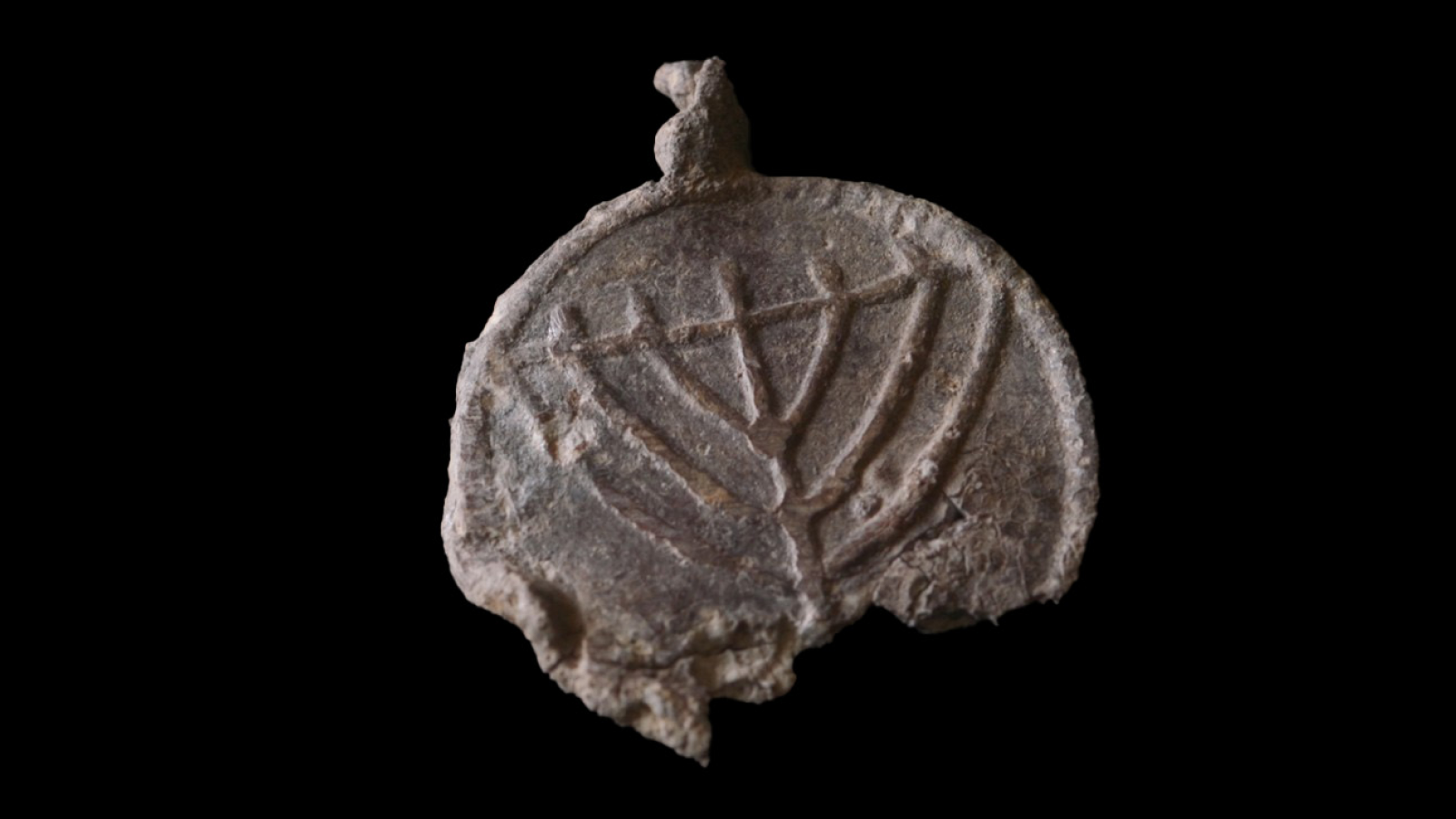WWII British sub that sank with 64 on board finally found off Greek Island
The discovery of the WWII wreck solves an 81-year-old mystery about the submarine's fate.

Shipwreck hunters have discovered the wreck of a British submarine that sank near Greece in 1943, solving an 81-year-old mystery about its disappearance.
HMS Trooper, designated N91, went missing after a secret mission in early October 1943 to land three Greek resistance agents on Kalamos, an island on the west coast of Greece. The sub was then ordered to patrol in the Aegean Sea, where German forces were later known to have laid naval mines.
But the sub was reported missing and all 64 of its crew presumed dead when it failed to arrive in Beirut on Oct. 17, 1943.
Researchers led by Greek underwater expert Kostas Thoctarides have now located the Trooper's wreck, north of the central Aegean island of Donoussa in a region known as the Icarian Sea, which is plagued by bad weather.
"The Icarian Sea is one of the most difficult seas with strong winds, waves and strong underwater currents," Thoctarides told Live Science. "However, constant and persistent research paid off."
Related: 30 incredible sunken wrecks from WWI and WWII
Thoctarides is the founder and owner of the Greek underwater recovery company Planet Blue. He said 14 earlier expeditions had failed to locate the wreck of HMS Trooper because they were searching too far east, where the submarine had reportedly been seen on Oct. 14, 1943.
Get the world’s most fascinating discoveries delivered straight to your inbox.



Icarian Sea
Thoctarides and other researchers studied wartime reports and determined that HMS Trooper may have sunk earlier in October 1943, among occupied Greek islands west of that area. Their research proved correct when they located the wreck of HMS Trooper on Oct. 3, 2024.
Thoctarides said the wreck was first found using shipboard sonar, which creates a detailed map of the seafloor using the reflection of sound pulses; and then explored with a "Super Achille" remotely-operated vehicle (ROV).
The Trooper now lies on the seafloor at a depth of about 830 feet (253 meters) — the eighth wartime submarine wreck that Planet Blue had discovered in Greek waters, he said.
A large explosion had broken the sub into three large parts — the bow, the midship, and the stern — which seems to confirm the researchers' suspicion that it sank after hitting a German naval mine.
It also indicates that the reported sighting of HMS Trooper on Oct. 14, 1943 was incorrect; instead, it seems the sighting was of another British submarine of the same class, Thoctarides said.
British submarine
According to a statement from Planet Blue, the badly damaged wreck has been identified by comparing it to the original shipbuilding plans.
An open hatch on the command or "conning" tower suggests the vessel was sailing on the surface when it struck the mine.

The wreck is a war grave, so it has not been disturbed in any way, the statement said; and the discovery may help bring closure to the families of those who died.
"I have been aware for many years of the strenuous effort by the Greek research team to locate the wreck of the submarine and am now very pleased and excited that their endeavours have been rewarded," Capt. Richard Wraith of Britain's Royal Navy and the son of the Trooper's commander, Lt. John Wraith, said in the statement.
"I hope that any family members of those lost with my father may be able to use the definitive location of Trooper as a focal point to help lay to rest any memories of their loved ones."
Editor's note: This article was updated at 2:13 p.m. EDT on Wednesday (Oct. 16) to correct the depth of the Trooper wreck, which is at about 830 feet (253 meters) under the water's surface.
Tom Metcalfe is a freelance journalist and regular Live Science contributor who is based in London in the United Kingdom. Tom writes mainly about science, space, archaeology, the Earth and the oceans. He has also written for the BBC, NBC News, National Geographic, Scientific American, Air & Space, and many others.



